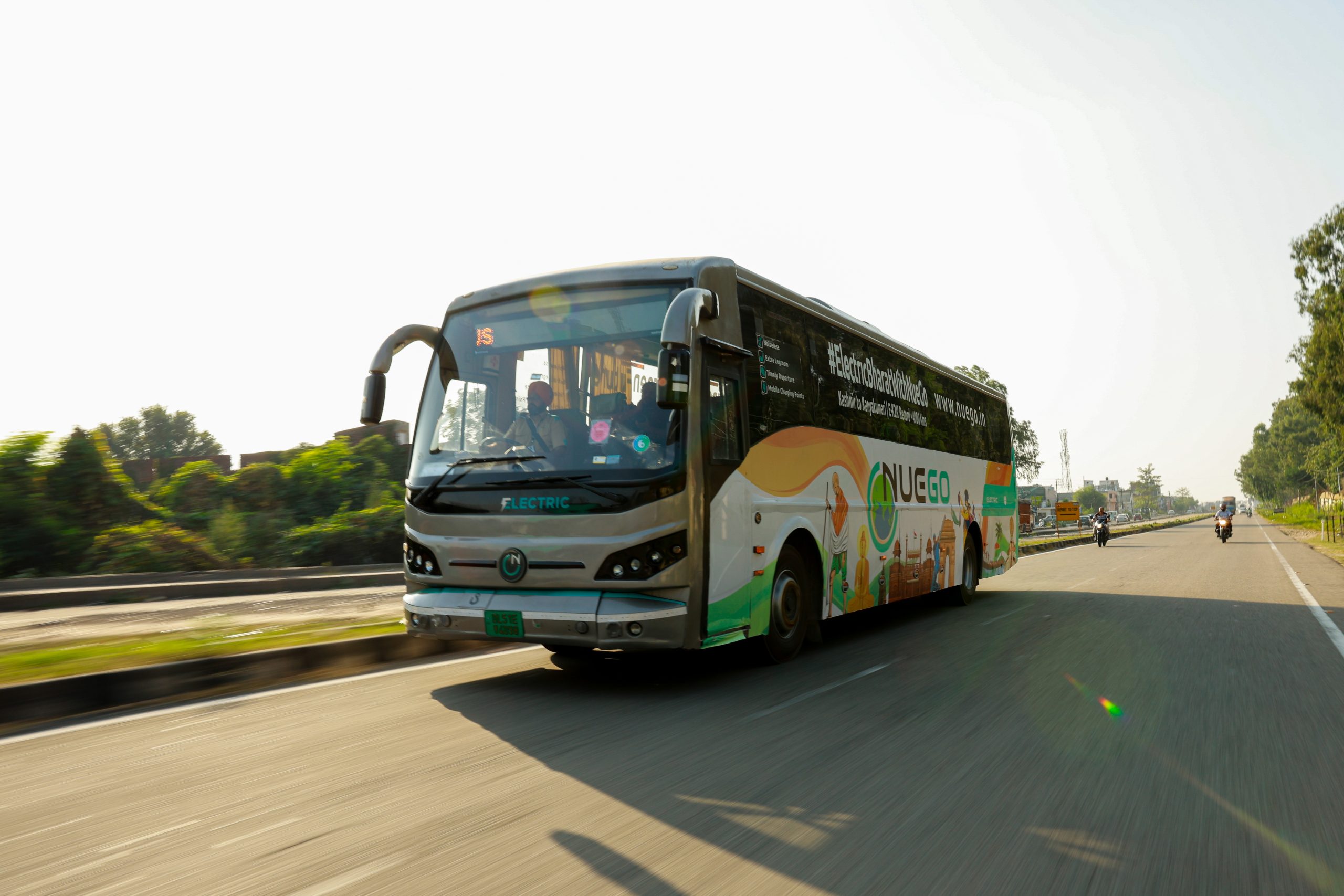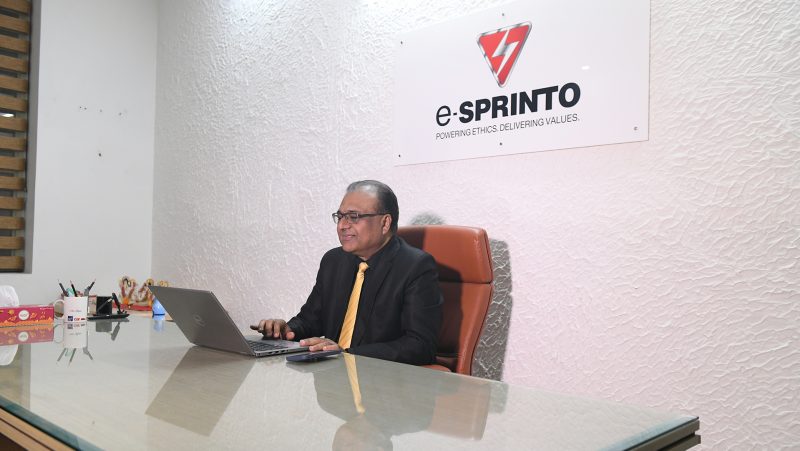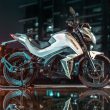There are quite a large number of electric scooter manufacturers in India, at this point far outnumbering ICE scooter manufacturers. What sets e-Sprinto apart in this crowded market?
In the crowded Indian EV two-wheeler market flooded with multiple players, e-Sprinto distinguishes itself through a combination of unique features, unwavering commitment, and a customer-centric approach. Our standout features include a focus on affordability and sustainability, with attractively priced electric scooters that boast low energy consumption of just 1.5 units per charge. This makes e-Sprinto not only a cost-effective but also an eco-friendly choice for riders. What truly sets us apart is our emphasis on user experience, combining state-of-the-art technology with rigorous quality assurance. We design our electric scooters with precision and comfort, ensuring they are well-suited to the demands of Indian traffic conditions. Additionally, our commitment to innovation and a diverse range of models, including the e-Sprinto, e-Sprinto BB, Roamy, Rapo low-speed scooters and the widely popular e-Sprinto HS and Amery high-speed scooters, caters to various customer preferences, providing choices that align with their needs and lifestyles.
What are the challenges you are facing in logistics of sourcing materials?
In the logistics of sourcing materials for e-Sprinto, we encounter several challenges that require strategic management. One significant challenge is ensuring a stable and timely supply chain for essential components. The global nature of supply chains, compounded by external factors like geopolitical events and shipping delays, poses a risk to the consistent availability of materials. Additionally, the dynamic nature of the electric vehicle industry demands staying abreast of evolving technologies and sourcing cutting-edge components, which can sometimes face limitations in terms of production capacity or availability. Our commitment to maintaining high-quality standards further intensifies the challenge, requiring rigorous screening of suppliers and adherence to stringent quality controls. Despite these challenges, we employ proactive strategies, foster strong supplier relationships, and explore alternative sourcing options to ensure a resilient and efficient logistics process in material procurement for e-Sprinto.
What is your marketing strategy, and how are you planning to expand your after-sales service network?
Our marketing strategy at e-Sprinto revolves around a multi-faceted approach designed to create brand awareness, engage with our target audience, and emphasize the unique value propositions of our electric scooters. We leverage digital platforms, social media, and targeted online campaigns to reach a wider audience, especially considering the increasing reliance on digital channels. Collaborations with influencers, strategic partnerships, and participation in relevant events further contribute to our visibility and brand positioning in the electric vehicle market.
To expand our after-sales service network, we’re strategically focusing on two key aspects. Notably, we are increasing the number of dealership cum service centres across geographies to ensure accessibility for our customers. This includes establishing more dealership cum service centres in regions with high customer density and expanding our existing network. In addition, we leverage technology to streamline service requests, track maintenance schedules, and offer online support to further elevate our after-sales service experience.
Are you going to offer recycling services to the customers?
While we at e-Sprinto do not currently offer recycling services, we’re actively exploring opportunities to introduce eco-friendly initiatives that align with our commitment to sustainability. We continuously evaluate ways to minimize our environmental footprint and are open to considering recycling programs or partnerships in the future to enhance our eco-friendly practices.
In your opinion, what are the changes you feel is required in government policies to make EV adoption an easier process for customers?
Several changes in government policies can considerably ease the process of electric vehicle (EV) adoption for customers. First and foremost, implementing robust incentives and subsidies, such as tax credits, reduced registration fees, and purchase incentives, would make EVs more financially attractive. Creating a comprehensive and well-distributed charging infrastructure across the country is crucial, ensuring that EV users have convenient access to charging stations, alleviating range anxiety, and encouraging more people to switch to electric vehicles. Additionally, offering incentives or support for manufacturers to develop and produce more affordable and diverse electric vehicle models would expand choices for consumers. Furthermore, streamlining and simplifying the certification, licensing, and regulatory processes specific to EVs would help reduce bureaucratic hurdles and enhance consumer confidence in adopting electric vehicles.










